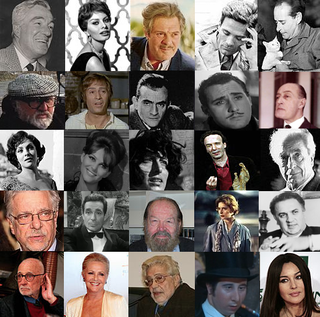
The cinema of Italy comprises the films made within Italy or by Italian directors. Italy is one of the birthplaces of art cinema and the stylistic aspect of film has been one of the most important factors in the history of Italian film. As of 2018, Italian films have won 14 Academy Awards for Best Foreign Language Film as well as 12 Palmes d'Or, one Academy Award for Best Picture and many Golden Lions and Golden Bears.

Leonardo di ser Piero da Vinci was an Italian polymath of the High Renaissance who was active as a painter, draughtsman, engineer, scientist, theorist, sculptor, and architect. While his fame initially rested on his achievements as a painter, he has also become known for his notebooks, in which he made drawings and notes on a variety of subjects, including anatomy, astronomy, botany, cartography, painting, and paleontology. Leonardo is widely regarded to have been a genius who epitomized the Renaissance humanist ideal, and his collective works comprise a contribution to later generations of artists matched only by that of his younger contemporary Michelangelo.

Palo Alto is a charter city in the northwestern corner of Santa Clara County, California, United States, in the San Francisco Bay Area, named after a coastal redwood tree known as El Palo Alto.
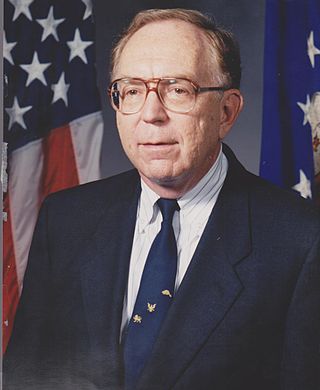
Edward Albert Feigenbaum is a computer scientist working in the field of artificial intelligence, and joint winner of the 1994 ACM Turing Award. He is often called the "father of expert systems."
Stanford University School of Engineering is one of the schools of Stanford University. The current dean is Jennifer Widom, the former senior associate dean of faculty affairs and computer science chair. She is the school's 10th dean.
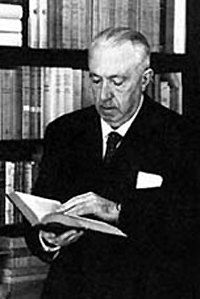
Carlo Emilio Gadda was an Italian writer and poet. He belongs to the tradition of the language innovators, writers who played with the somewhat stiff standard pre-war Italian language, and added elements of dialects, technical jargon and wordplay.
Synthetic intelligence (SI) is an alternative/opposite term for artificial intelligence emphasizing that the intelligence of machines need not be an imitation or in any way artificial; it can be a genuine form of intelligence. John Haugeland proposes an analogy with simulated diamonds and synthetic diamonds—only the synthetic diamond is truly a diamond. Synthetic means that which is produced by synthesis, combining parts to form a whole; colloquially, a human-made version of that which has arisen naturally. A "synthetic intelligence" would therefore be or appear human-made, but not a simulation.

Giuseppe Prezzolini was an Italian literary critic, journalist, editor and writer. He later became an American citizen.
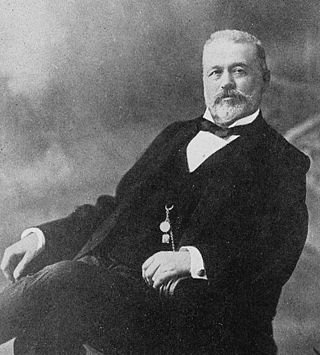
Carlo Forlanini was a medical doctor and professor at the Universities of Turin and Pavia. He was also the inventor of artificial pneumothorax, which was the primary treatment method of pulmonary tuberculosis for the first half of the 20th century and remained in use for severe cases of tuberculosis into the 1970s.

Divina proportione, later also called De divina proportione is a book on mathematics written by Luca Pacioli and illustrated by Leonardo da Vinci, completed by February 9th, 1498 in Milan and first printed in 1509. Its subject was mathematical proportions and their applications to geometry, to visual art through perspective, and to architecture. The clarity of the written material and Leonardo's excellent diagrams helped the book to achieve an impact beyond mathematical circles, popularizing contemporary geometric concepts and images.

The Ovetari Chapel is a chapel in the right arm of the Church of the Eremitani in Padua. It is renowned for a Renaissance fresco cycle by Andrea Mantegna and others, painted from 1448 to 1457. The cycle was destroyed by an Allied bombing in 1944: today, only two scenes and a few fragments survive, which have been restored in 2006. They are, however, known from black-and-white photographs.

Simone Stratigo was an Dalmatian Italian Greek mathematician and a nautical science expert who studied and lived in Padua and Pavia in 18th-century Italy.

Guido Alberto Fano was an Italian pianist and composer. From 1894 he was the favoured pupil of Giuseppe Martucci. In 1905 he was appointed director of the Parma Conservatory, and in 1916 he became director of the Palermo Conservatory. From 1922 he was professor of piano at the Milan Conservatory. In 1938 he was removed from this position because of the Italian Fascist racial laws and from 1943 to 1945 was in hiding at Fossombrone and Assisi. He returned to teaching 1945–47, then retired.

The Keystone, also known as Keystone Berkeley, was a small music club at 2119 University Avenue in Berkeley, California, which operated in the 1970s and 1980s. Numerous nationally known groups performed there, including Tom Petty and the Heartbreakers, Ray Charles, Talking Heads, The Ramones, Metallica and B.B King, Blondie, and Greg Kihn among many others and the club was a regular venue for the Jerry Garcia Band. Keystone Berkeley, run by Freddie Herrera and Bobby Corona, was linked to The Stone and Keystone Palo Alto.
Piero Ciampi was an Italian singer-songwriter.
I Tubi Lungimiranti was a musical group formed in Fano, Italy in 1964. The group was part of the 1960s Italian Beat music movement. They later became a cult group for Dirty Acoustics and Garage Beat.
Diana Elizabeth Forsythe was a leading researcher in anthropology and a key figure in the field of science and technology studies. She is recognized for her significant anthropological studies of artificial intelligence and informatics, as well as for her studies on the roles of gender and power in computer engineering.
Bad Compilation Tapes / Borderless Countries Tapes is an independent punk/hardcore music label founded in 1982 by Chris Chacon and Dave W. in San Diego, California. The label, with a declared DIY ethic, published from 1981 to 1986 twenty-seven compilations on cassette involving 149 groups from 17 countries. It still sold tapes until around the year 2000, but it made the last 2 tapes of the 27 in 1986. It is considered one of the labels that contributed most to the spread of the European hardcore punk scene in North America. They are currently being remastered and reissued on Bandcamp.
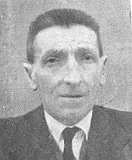
Roberto Cessi was an Italian historian and politician, specializing in Venetian history.

Pietro Barozzi was an Italian Catholic and humanist bishop.














